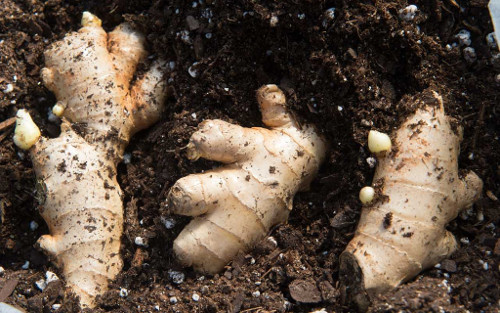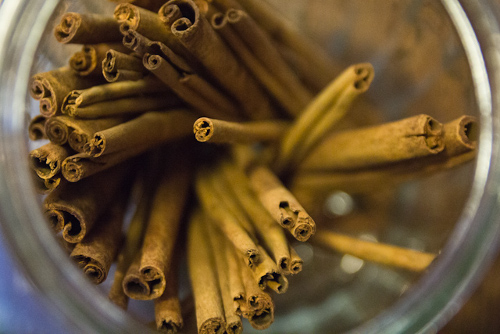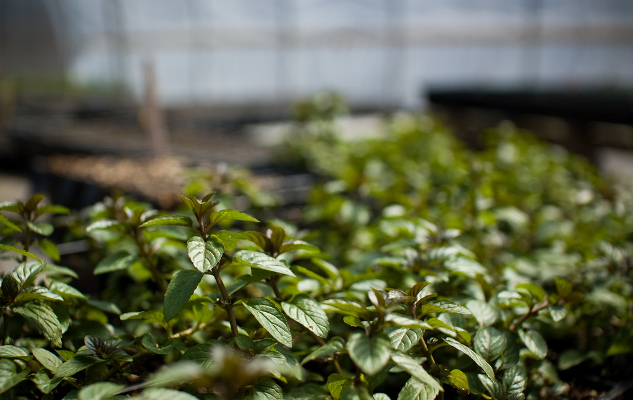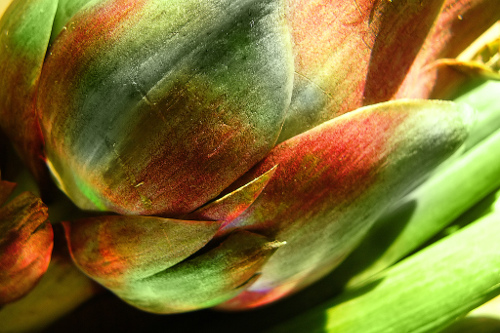Eat This Now: December
Yes, yes, roast turkey and your aunt Millie’s sausage stuffing and mashed potatoes and six kinds of pie and maybe a few pecan bars and a chocolate chocolate chip cookie at bedtime because it is What The Hell month. The most fastidious food-is-medicine people I know call a screeching halt to their green smoothies (though greens are in season!) in December, and go on a sort of bad-food jihad, consuming every gluten molecule, sugar substance and cured meat in their path. Know why?
Because the winter holidays are, for whatever cosmic reason, designed to be really rough on your stomach. Whether you can’t digest wheat or can’t stomach your in-laws or get queasy at the sight of a shopping mall or go into a gut-twisting panic attack when you think about being alone on the holidays or with people who bring out your inner five-year-old or with people you genuinely love but oh my God the work and the preparation and the hassles and the details and and and….
Forget about it. What’s in season right now is coping. And if you do that by eating doughnuts and measuring your alcohol consumption in bottles instead of glasses? Look, judgment is the last thing this season is supposed to be about. It’s technically not supposed to be about rabid gluttony either, but I suspect that our evolution hasn’t caught up with the modern world here and that humans are primed from way back in the cave days to eat everything that isn’t nailed down at this darkest time of year because food’s freaking scarce. Or, it was. So my official prescription for this month is Let It Go. I mean, don’t go out of your way to make yourself sick, but don’t freak out about overindulging. If you can confine it to one month out of 12, you’re probably ahead of the curve. Meanwhile, some special medicinal foods you might want to consider incorporating:

Ginger
Dwight Sipler CC BY
Fresh ginger is a rhizome (a creeping, fleshy underground stem). It’s sweet with a very spicy kick. One of the most versatile medicinal plants on earth, ginger is a go-to (added to cooked food, brewed into tea, or, if you have a masticating juicer, taken as a very bracing shot) for nausea (including morning sickness, ladies), indigestion and pretty much every dysfunction of the digestive tract. It’s thermogenic, which means it subtly raises your basal metabolic rate and makes you warmer; it’s a badass anti-inflammatory; an immune system booster (a compound in ginger is secreted in your sweat and actually might repel infectious agents that land on your skin!); and it’s been shown in vitro to kill cancer cells. Plus it tastes really good (though not subtle). Dried, powdered ginger is not as potent as fresh but it certainly can’t hurt you—candied ginger retains many of the herb’s benefits and is more palatable to some people, but obviously it’s very sugary too. One of the great panaceas of the natural pharmacy and zero side effects.
-

-

-

-

-

-

-

-

-

-

-

-

-

-

-

-

-

-

-

-

-

-

-

-

-

-

-

-

-

-

-

-

-

-

-

-

-

-

-

-












































